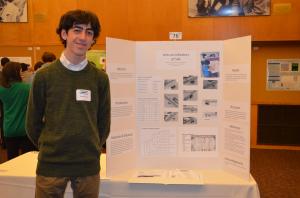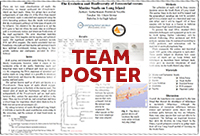

- Program:
- Barcode Long Island
- Year:
- 2016-17
- Research Topic:
- Wildlife & health
- Taxonomic Group Studied:
- Animals: Invertebrate
Project:
How does the application of road salts affect its ability to support a population of ants?
- Students:
- Thomas Coor, Rachel Sabatello
- School:
- Oyster Bay High School, Nassau
- Mentors:
- Steve Acquaro
Abstract:
Salts are laid out on many roads throughout the world in order to melt ice that may have formed on its surface. The ice that may form is of acute danger to motor vehicles, which rely on constant contact with the tarmac for traction and control. It is in a town’s interests to keep its motorways safe for those moving across it. It is estimated that between 2 and 20 tons of salts may be laid on a kilometer of road per year, and this accumulation doubtless increases the salinity of the soil immediately adjacent to the road (Thomson, Rudder, and Ridout, 1986). In the experiment, we aim to determine the soil’s ability to sustain biodiversity of ants after a change in its salinity, and determine the feasibility of using certain ant species in order to determine whether the soil is suitable for sustaining a population of various organisms, including the ant’s food supply and of course themselves. According to the null hypothesis, there will be no statistically significant difference betw

